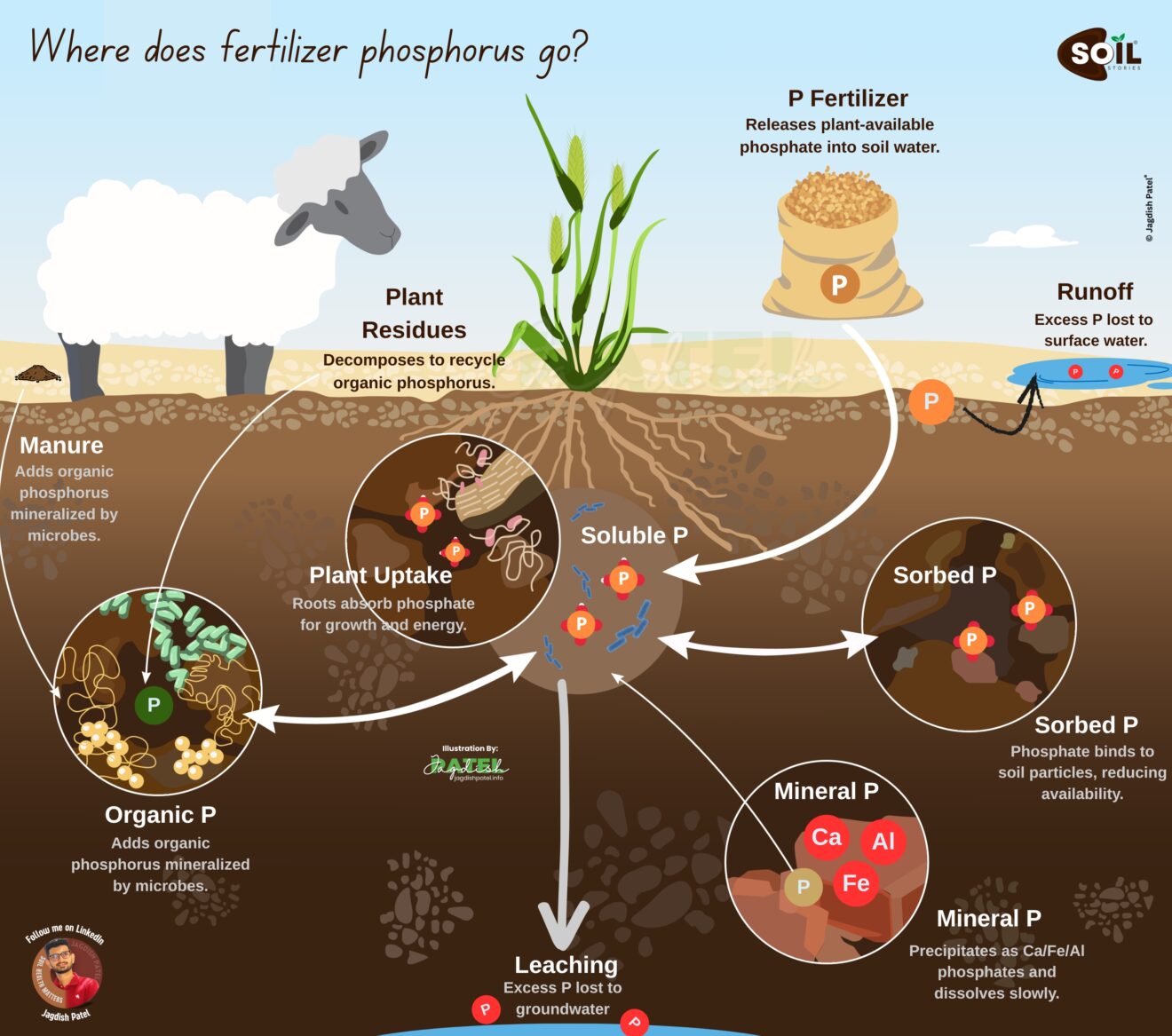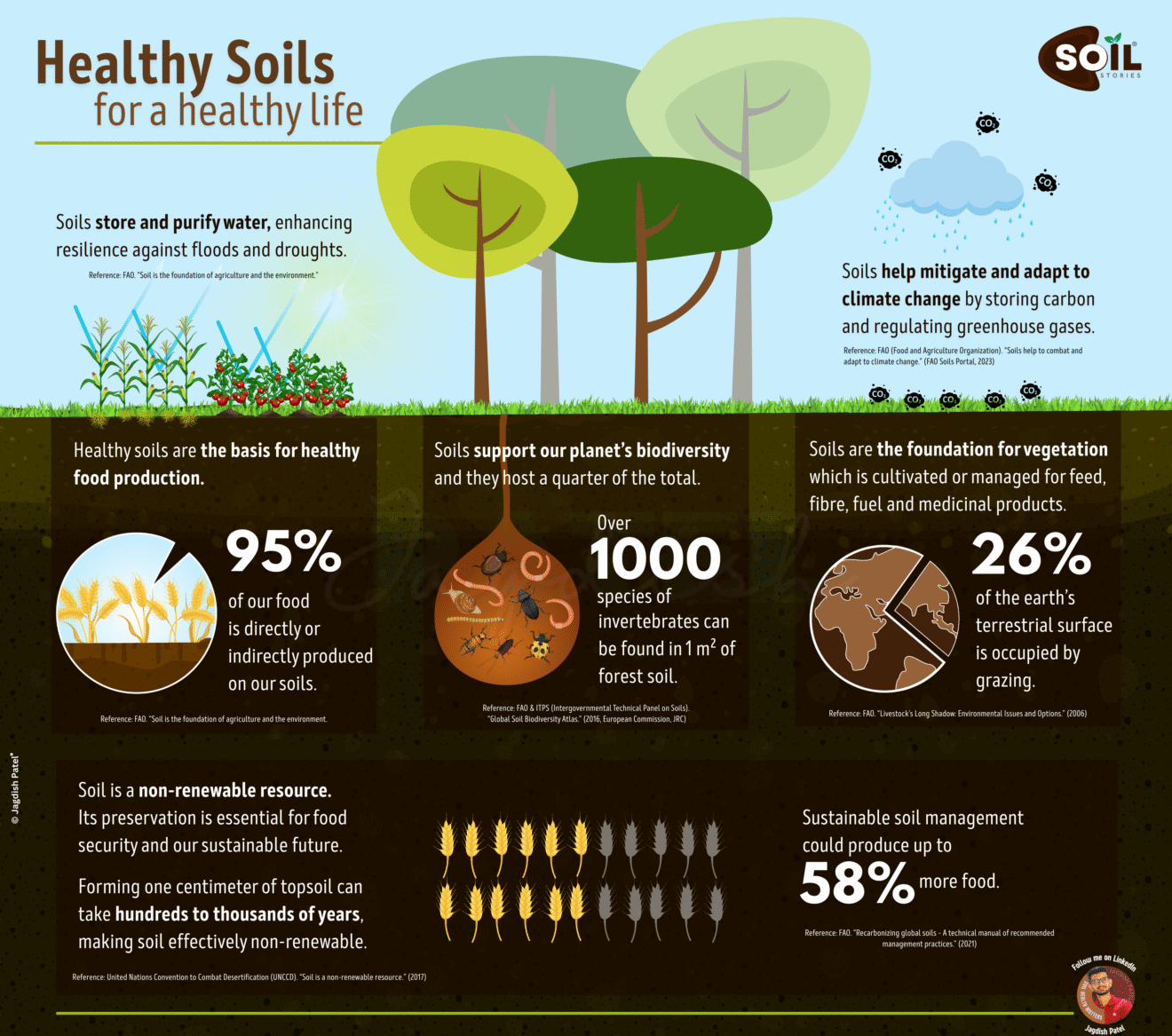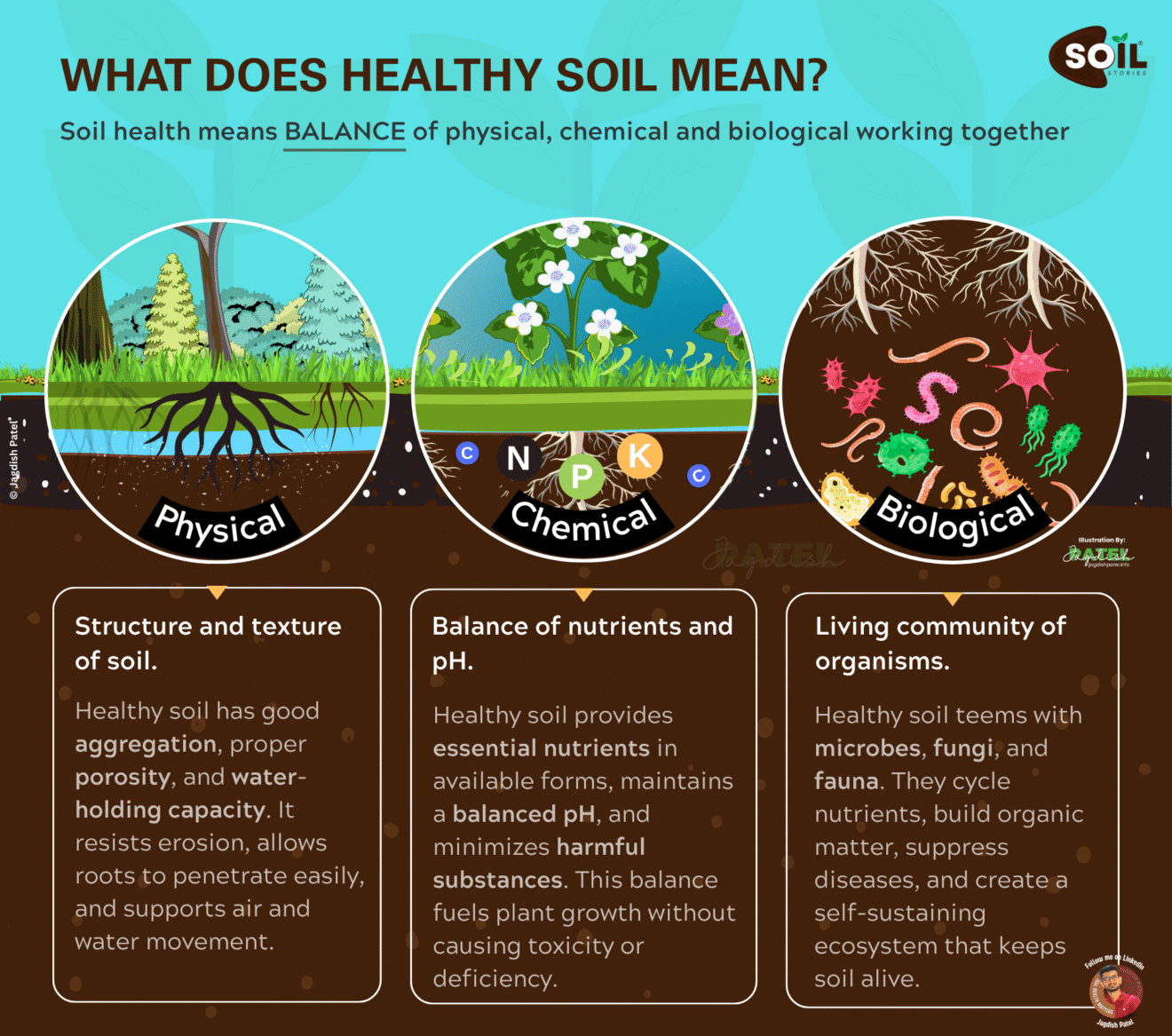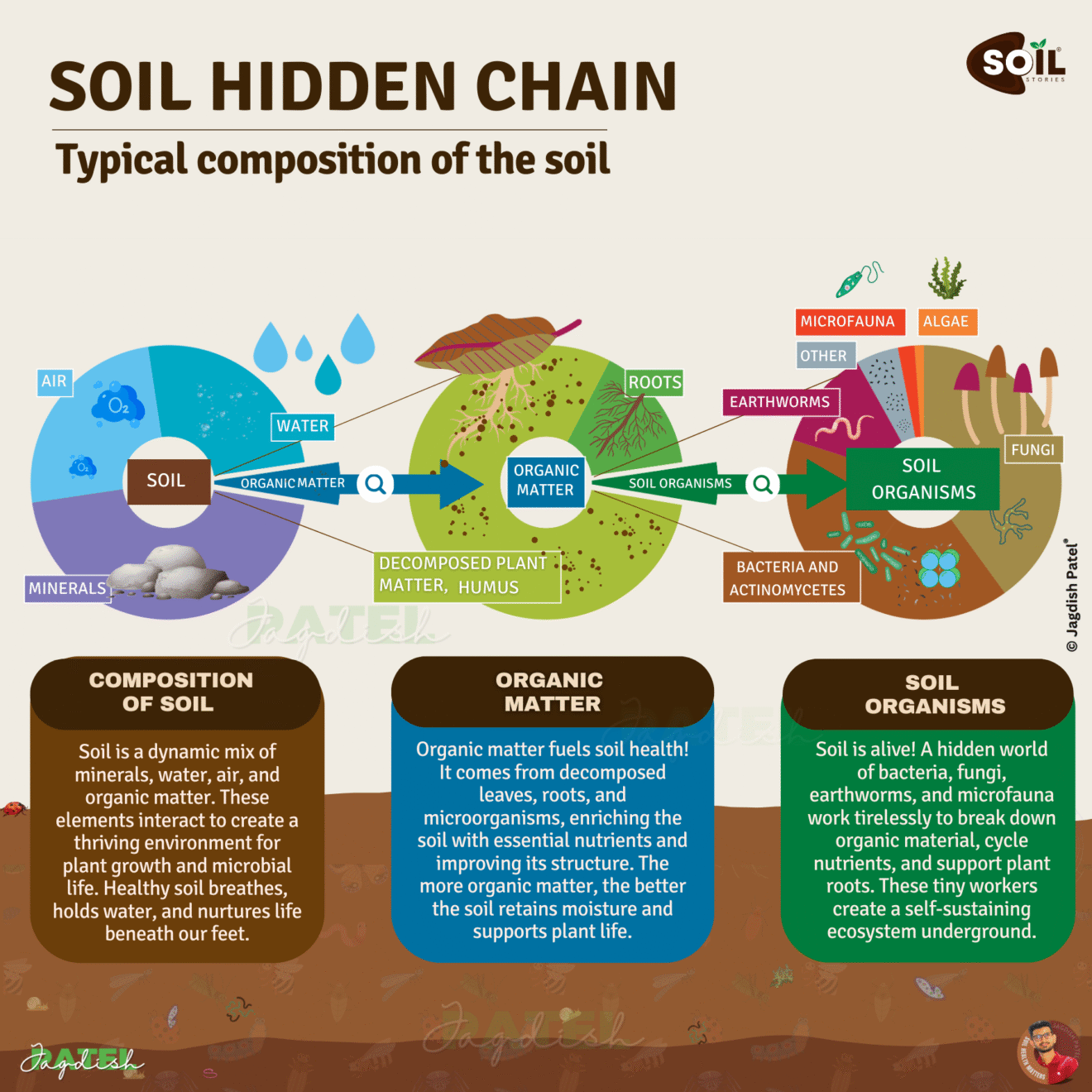Introduction
When we think about nature’s ability to fight climate change, lush green forests often come to mind. Forests are powerful carbon sinks, no doubt, but they aren’t the only ones. There’s another ecosystem working quietly, out of sight, storing massive amounts of carbon right beneath our feet: grasslands.
In this blog, we explore the powerful but often overlooked role of grasslands in carbon sequestration, how they compare to forests, why their underground carbon is more stable, and how this knowledge can help farmers, scientists, and policymakers build a more resilient future.

1. What Is Carbon Sequestration—and Why Grasslands Matter
Carbon sequestration is the process of capturing atmospheric carbon dioxide (CO₂) and storing it in plant matter and soil. While forests store carbon mainly in trunks, leaves, and branches, grasslands store up to 90% of their carbon underground, in roots and soil organic matter (Mokany et al., 2006).
This makes grasslands an unsung hero in the climate narrative. Despite their low profile, they can store as much or more carbon than forests over the long term, especially in dry and temperate regions where trees struggle to grow.
Key Components of Grassland Carbon Storage:
- Root biomass: Dense, deep-rooted grasses penetrate the soil and trap carbon
- Soil organic matter (SOM): Formed from decaying roots and microbial residues
- Microbial activity: Soil microbes use carbon to build complex organic structures
2. Grasslands vs. Forests: Different Carbon Strategies
While both ecosystems contribute to carbon capture, they do so in vastly different ways. Here’s a simple comparison:
In short: forests store carbon where you can see it, while grasslands hide their carbon in the soil, where it’s more secure and less prone to loss.
| Feature | Forests | Grasslands |
|---|---|---|
| Carbon Location | Mostly aboveground (70–80%) | Mostly belowground (up to 90%) |
| Fire Vulnerability | High (carbon loss via fire) | Low (roots remain protected) |
| Recovery Speed | Slow after disturbance | Quick regeneration |
| Resilience to Drought | Moderate | High (deep roots access water) |
3. Underground Carbon Is More Stable
Grasslands are especially effective because soil carbon is more stable than plant carbon. Forest carbon can be released quickly through logging or fire. Grasslands, by contrast, lock their carbon away in underground systems that persist through drought, fire, and grazing.
Benefits of belowground carbon:
- 🔥 Fire-resistant: Roots and soil are rarely damaged by surface fires
- 🌧️ Climate-resilient: Deep roots access moisture during droughts
- 🐛 Ecosystem-supporting: Feeds microbes, insects, and fungi
- ⏳ Long-term sink: Soil carbon decomposes slowly, keeping CO₂ locked away for centuries
Grassland carbon is not just a buffer, it’s a climate insurance policy.
4. Biodiversity: Life Beneath the Surface
Grasslands are not just carbon banks; they are living ecosystems rich in biodiversity, much of it underground.
What lives in healthy grassland soils?
- Microbes: Bacteria and fungi that drive nutrient cycles
- Insects and invertebrates: Earthworms, ants, beetles
- Plant roots: Networks that support water and nutrient transport
- Mycorrhizal fungi: Symbiotic relationships that improve plant health
- Soil fauna: Microscopic life forms that create food webs underground
These organisms depend on organic carbon to survive and, in turn, help store even more carbon. It’s a feedback loop of life, a hidden world that supports aboveground productivity and resilience.
5. Grasslands and Farming: A Win-Win for Productivity
As a soil scientist working closely with agricultural landscapes, I’ve seen how understanding belowground carbon can boost real-world farm outcomes.
Here’s how farmers benefit:
- 🌾 Improved soil fertility from higher organic matter
- 💧 Better water retention thanks to healthy root systems
- 🐄 Sustainable grazing improves biodiversity and soil health
- 🌱 Resilient crops through deeper roots and microbial partnerships
Farmers who leave crop stubble in the field, rotate grazing livestock, and avoid deep tillage are essentially working with nature to build carbon-rich soils. It’s productivity with a purpose.
6. Threats to Grasslands
Despite their benefits, grasslands are under threat:
- 🚜 Land conversion to croplands or urban areas
- 🐄 Overgrazing that depletes root biomass
- 🌱 Invasive species outcompeting native grasses
- 🔥 Fire suppression disrupting natural carbon cycles
These changes not only degrade biodiversity but release decades of stored carbon back into the atmosphere. Protecting grasslands is not just an ecological issue, it’s a climate imperative.
7. What Can Be Done? Policy and Action
To maximize the climate benefits of grasslands, we need proactive strategies from land managers, researchers, and governments.
Recommendations:
- ✅ Include grasslands in carbon credit markets
- 🌍 Promote regenerative grazing practices
- 📊 Fund soil carbon monitoring programs
- 📢 Educate landowners and communities
- 🌱 Restore degraded grasslands with native species
It’s time to value grasslands as much as we value forests, not just for carbon, but for their role in food systems, water cycles, and biodiversity.
My Perspective: Why This Matters to Me
As a soil scientist and visual storyteller, I’ve always been fascinated by what lies beneath the surface. After years in the lab, I shifted my focus to illustrating and communicating the unseen beauty of soil ecosystems, especially for grasslands, which are so often ignored.
I created Soil Stories to bring science to life. My mission is to show that the future of sustainability isn’t just up in the trees, it’s rooted in the ground.
Grasslands have taught me one key lesson: true strength doesn’t always shout, it grows quietly, deeply, and persistently. It’s time we give them the recognition they deserve.
Let’s dig deeper. Let’s look down to move forward.
🖼️ Looking to raise awareness with visuals on soil, carbon, and ecosystems?
Explore my work at jagdishpatel.info




